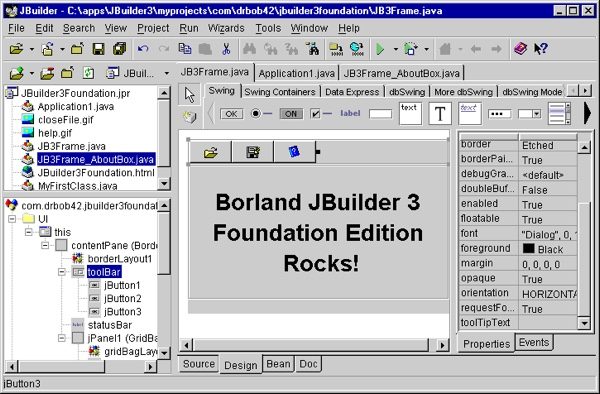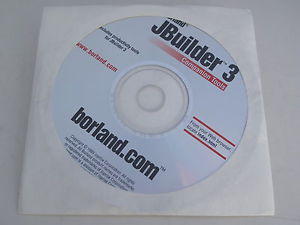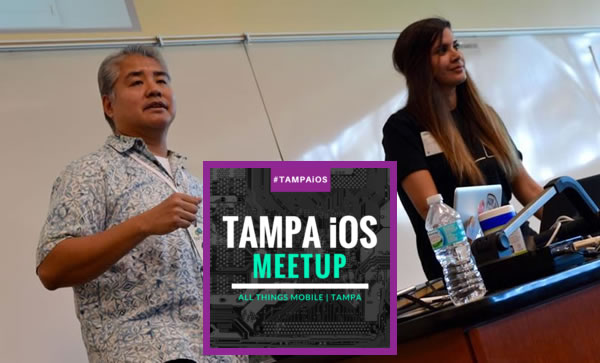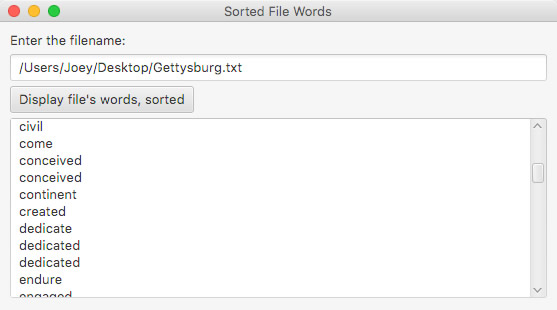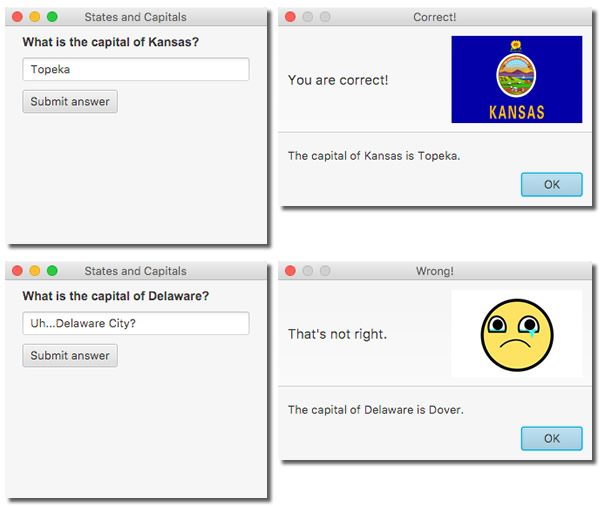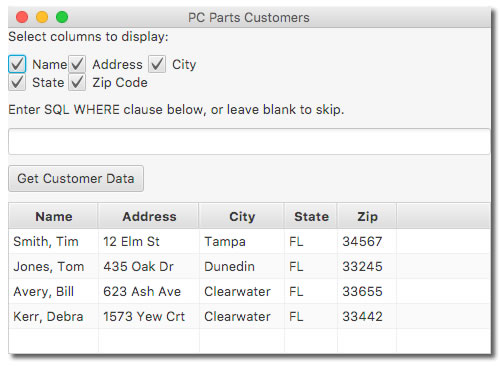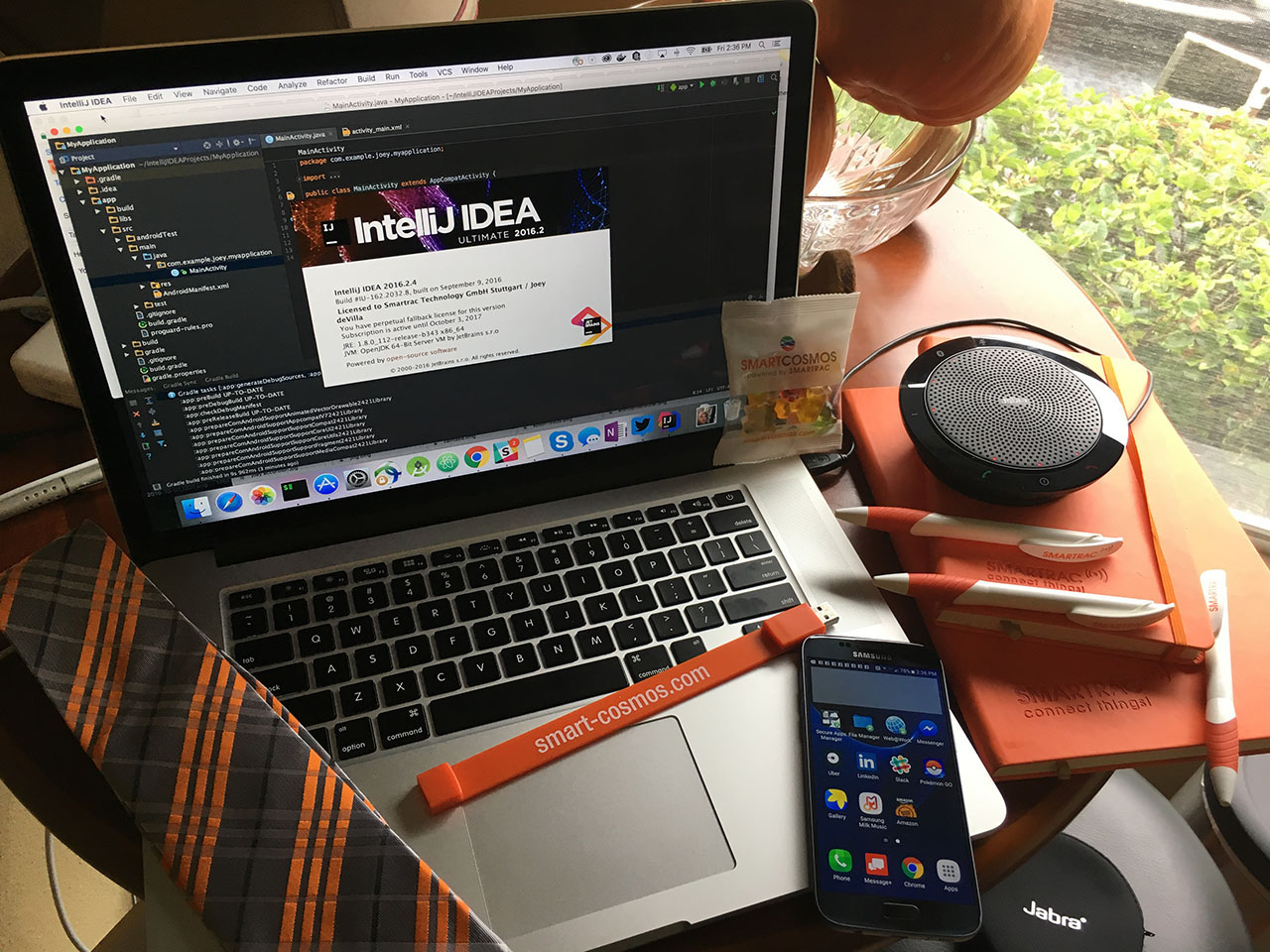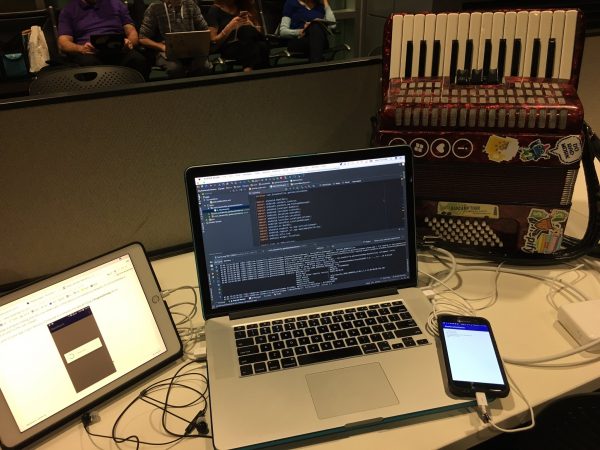The call for a co-maintainer
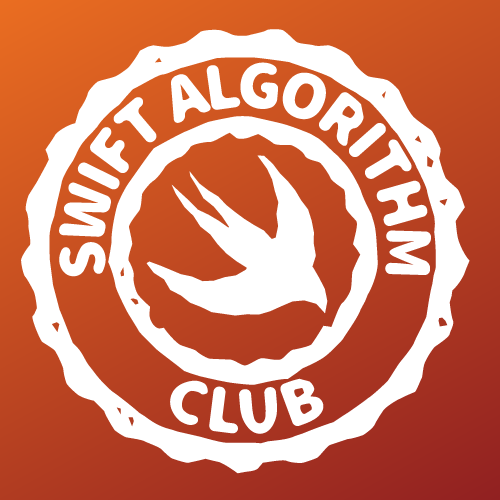 Swift Algorithm Club — an open source project of the great iOS (and Android) tutorial site RayWenderlich.com to build implementations of useful algorithms and data structures in the Swift programming language — is looking for someone to help maintain it.
Swift Algorithm Club — an open source project of the great iOS (and Android) tutorial site RayWenderlich.com to build implementations of useful algorithms and data structures in the Swift programming language — is looking for someone to help maintain it.
While they have two maintainers on the project (Kelvin Lau and Vincent Ngo), they could use some help, since it’s a popular GitHub project with almost 11,000 stars, over 800 watchers, and over 100 contributors. Hence their call.
The successful candidate will have the following responsibilities:
- Deal with issues, pull requests, edit and code review submissions.
- Help keep build server functional, especially as new submissions come in.
- Occasionally submit new algorithms or find people to make ones we need.
- Write a tutorial on raywenderlich.com based on something from the Swift Algorithm Club every 3 months.
If you’d like to apply, you should email Kelvin Lau with your answers to these questions:
- Why do you want to be a co-maintainer on the Swift Algorithm Club?
- Please tell me a little about your experience with Swift.
- Please tell me a little about your experience with algorithms.
- Please link to any articles/tutorials you have written online.
- Please link to your GitHub account page.
My answer to the call

It takes great confidence to pose for a pic like this…
…the kind of confidence a co-maintainer needs!
I’m interested in the role, and emailed an application to Kelvin Lau. In the spirit of openness and collaboration, I’ve decided to share what I sent. Give it a look!
Hello, Kelvin!
I’m Joey deVilla, and I’d like to become a co-maintainer for Swift Algorithm Club!I’m a technology evangelist by day, and rock-and-roll accordion-playing mobile developer and bon vivant by night, as well as a long-time reader of RayWenderlich.com. I think I’d be well-suited for the role, and as proof, I have submitted my answers to the questions you posed in the article calling for co-maintainers.
Why do you want to be a co-maintainer on the Swift Algorithm Club?
I’ll admit it: a big part of my reason for wanting to be a co-maintainer on the Swift Algorithm Club is to be able to say “The first rule of Swift Algorithm Club is…to get ’em as close to O(1) as possible.”
But seriously, I’d like to be a co-maintainer of the Swift Algorithm Club for the following reasons:
- I’ve been a big fan (see all the references on my tech/programming blog) and beneficiary of RayWenderlich.com over the past few years and have always wanted to join the gang.
- I’ve been doing tech evangelism since 2000 (you can see my LinkedIn profile here), and in my current position as Technology Evangelist for Smartrac (an RFID company pivoting to an RFID-plus-software-platform kind of company), establishing good relations with the developer community is part of the job. I’d even be able to contribute to Swift Algorithm Club on company time!
- I like helping out developers, which is why I’m in my line of work. Some evidence:My Stack Overflow profile, where my reputation score puts me in the top 6%.
- As a tech evangelist, I don’t work directly on code with my company, and they currently don’t do iOS development anyway. Working on Swift Algorithm Club would give me a chance to keep learning, exercise my coding skills, and work with a language I love.
Please tell me a little about your experience with Swift.
- I love iOS programming and Swift to the point that I run an iOS developer meetup in Tampa Bay.
- I’ve written a number of Swift articles (see below).
- Last year, I took the RayWenderlich.com Cookie Crunch app, which was then written in Swift 1, and:
- Updated the Syntax so that it would compile under Swift 2,
- Added all sorts of tweaks, including multiple levels, a “hint” button, and a theme designed to promote a friend’s winery,
- Put it on the App Store as a free app,
- and posted the code on GitHub.
Please tell me a little about your experience with algorithms.
The boring stuff: I have a degree in Computer Science from Queen’s University, which is one of Canada’s nicer schools. I learned algorithms and data structures from Dr. Robin Dawes (4.2 rating on RateMyProfessors), and we’ve stayed in touch. I know my depth-first searches from my breadth-firsts, I can pronounce Euler properly (it’s “oiler”), and I know where the word “trie” comes from (retrieval).
I once had to explain to some art students why they couldn’t represent all the possible states of their game using individual QuickTime cells. It was a “Virtual Bubble Wrap” game with 95 bubbles, which meant that it would take 2^95 cells to represent every possible state (for comparison’s sake, the estimated number of photons in the universe is a smaller number: 10^89).
The more interesting experience: I am “internet famous” for using P=NP to figure out that I was dating a con artist. The story is on my personal blog under the title What happened to me and the new girl (or: “The girl who cried Webmaster”), and ended up in print in an anthology titled Never Threaten to Eat Your Co-Workers: Best of Blogs.
Please link to any articles/tutorials you have written online.
I’ve been blogging since November 2001, with my personal blog, The Adventures of Accordion Guy in the 21st Century. I started my personal tech blog, Global Nerdy, in August 2006, and since then have written over 3,000 posts which have acquired over 8.6 million pageviews.
Here’s a small sampling of what I’ve written:
- Swift
- Demonstrating map, filter, and reduce in Swift using food emoji
- How to work with dates and times in Swift 3
- Swift 3 text field magic
- How to build an iOS weather app in Swift
- Better to be roughly right than precisely wrong: Rounding numbers with Swift
- How to fix the common “no sound from AVPlayer/AVAudioPlayer” problem in iOS/Swift programming
- Sprite Kit actions tutorial
- Simple “Shoot ’em up” game with Sprite Kit
- How to execute a block of code after a specified delay
- A first look at Swift’s new access levels
- You can use Swift’s “private” access modifier to limit the reach of overrides and extensions, but not monkeypatches
- Updating RayWenderlich.com’s “AFNetworking Crash Course” for iOS 6
- Objective-C
- C / old-school smartwatches
- Miscellaneous
I should also mention that while working at Microsoft as the Windows Phone evangelist (the second-hard evangelism job in mobile), I had a short-lived children’s show, complete with puppet co-host. Here’s the first episode: How to create your own games with Kodu
Please link to your GitHub account page.
I’ll admit that it’s not as fat as I would like, but here it is: https://github.com/
If you have any questions or need additional information about me and my qualifications, please feel free to contact me!
— Joey



